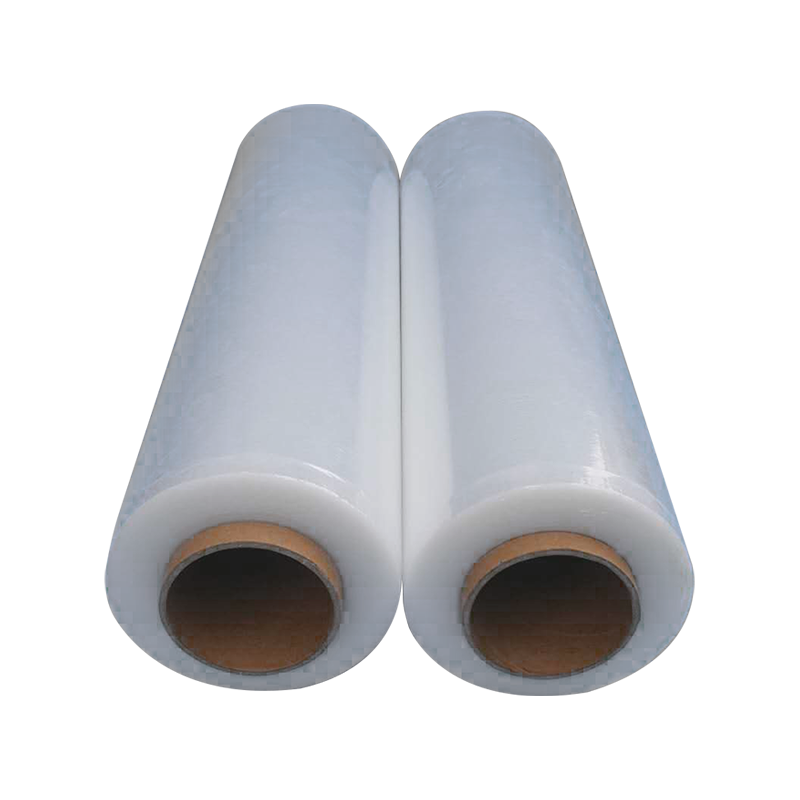Is anti-static wrapping film easy to handle and apply manually, or is it typically used with automated packaging systems?
Anti-static wrapping film serves a crucial role in industries where protecting sensitive electronics from static electricity is paramount. One of the practical considerations for businesses employing this specialized packaging material is its ease of application. Anti-static wrapping film is designed to be versatile, accommodating both manual application and integration into automated packaging systems. This adaptability is particularly advantageous as it caters to a wide spectrum of production environments, from small-scale operations to large manufacturing facilities.
For manual application, anti-static wrapping film is engineered to be user-friendly, allowing operators to wrap items efficiently without specialized equipment. Its flexibility and lightweight nature make it manageable during manual handling, ensuring that products can be securely wrapped to shield against static discharge. This ease of use is beneficial in scenarios where immediate packaging is required, allowing for quick and effective protection of sensitive components before storage or shipment.
In automated packaging systems, anti-static wrapping film integrates seamlessly to enhance efficiency and precision. Automated systems ensure consistent wrapping quality and can handle high volumes of products swiftly, reducing labor costs and minimizing human error. This automated approach is particularly advantageous for industries with stringent quality control measures, as it ensures that every item receives the necessary protection against static electricity, regardless of production volume.

Moreover, the choice between manual and automated application depends on factors such as production scale, operational preferences, and the level of protection required. Small-scale operations or those with variable product sizes may find manual application more practical and cost-effective, whereas large-scale manufacturing facilities benefit from the speed and consistency of automated systems. Regardless of the method chosen, anti-static wrapping film maintains its primary function: safeguarding sensitive electronics from static electricity, thereby reducing the risk of damage during storage and transit.
In conclusion, the versatility of anti-static wrapping film in both manual and automated applications underscores its practicality across diverse industrial settings. Whether applied manually for flexibility and immediate use or integrated into automated systems for efficiency and precision, anti-static wrapping film remains a cornerstone of modern packaging solutions for electronics. This adaptability ensures that businesses can confidently protect their valuable products from static-related risks, maintaining product integrity and customer satisfaction throughout the supply chain.

prevNo previous article
nextHow do biodegradable lunch boxes contribute to reducing plastic waste in landfills and oceans?



 English
English 中文简体
中文简体 Español
Español
















